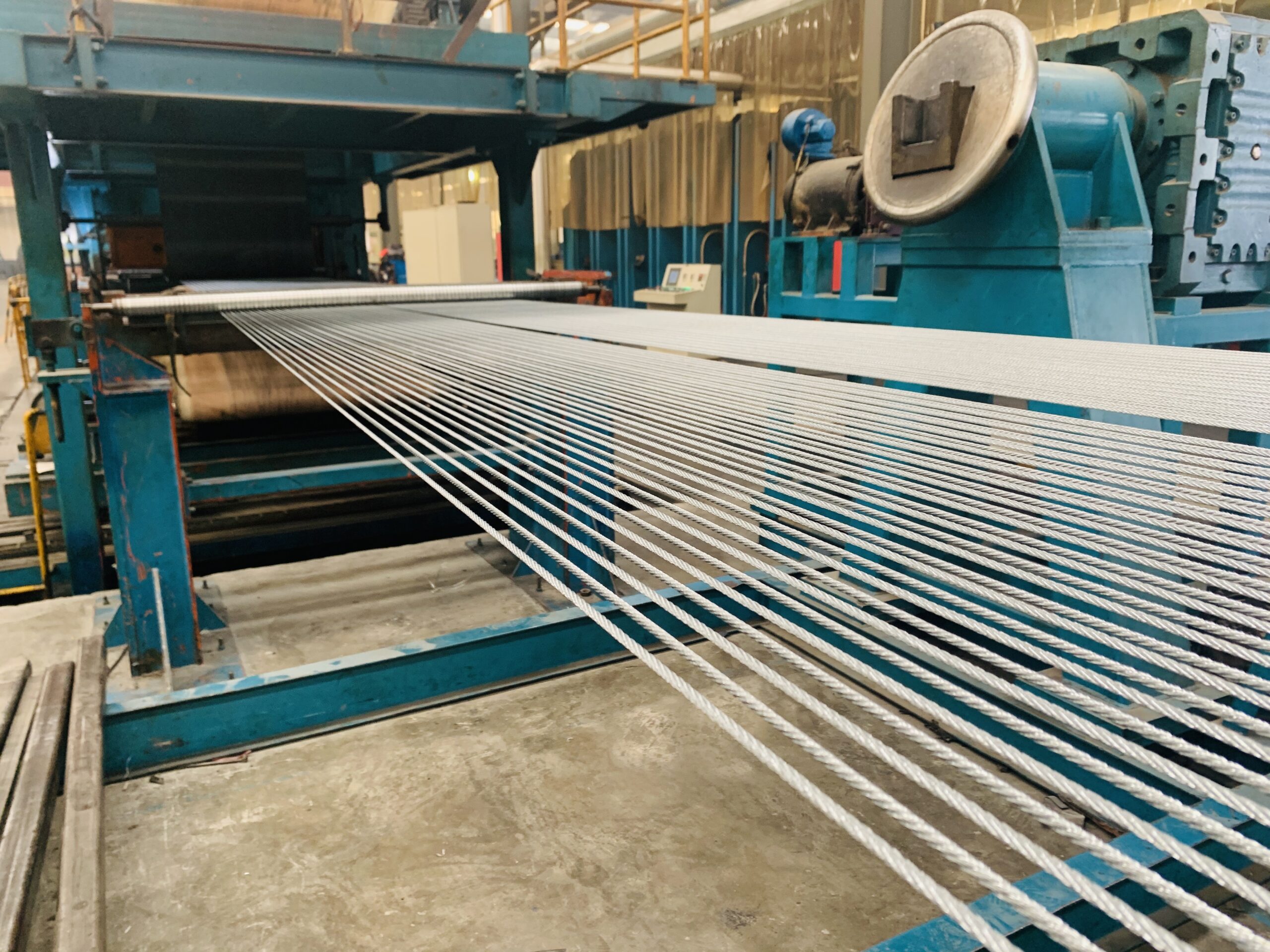Industrial companies often make specific requests for coil or cord type, size, and length. This makes it difficult to choose the appropriate conveyor belts. Take a look at the different specifications for steel cord conveyor belts in this article!
Steel contactor belts are typically made of steel and have specifications that vary depending on the application. They can be used in a variety of industries, such as power generation, oil and gas production, chemical production, and mining.
The most common steel cord conveyor belt specifications is for power generation. These belts are designed to withstand high levels of stress and shock while maintaining accurate tension. They are often made of a wire mesh fabric covered in a layer of rubber or plastic. The belt has slots that fit over pulleys, and it is tensioned by an electric motor.

Oil and gas production is another common application for steel contactor belts. These belts are used to transfer energy from one point to another, and they must be able to handle high levels of torque and pressure. They typically have a fabric cover that is resistant to oil and gas fire.
In chemical production, steel contactor belts are often used to transfer heat or energy between different parts of a plant. They must be able to withstand high temperatures and pressures, and they usually have a metal cover that is resistant to chemicals.
Mining is another common application for steel contactor belts.A steel contactor belt is a critical component of any industrial process. It helps to transfer energy from the motor to the workpiece, and it protects the equipment against wear and tear. The lifespan of a steel contactor belt can be greatly affected by its specifications.
The most important specification for a steel contactor belt is its strength. The belt must be able to withstand high loads and repeated use. In addition, the belt must also be able to withstand temperatures up to 300 degrees Fahrenheit.
Other important specifications for a steel contactor belt include its size and shape. The belt should be small enough to fit through the machinery, but large enough to provide adequate cushioning. It should also have a consistent shape so that it does not create resistance when it moves across the machinery.